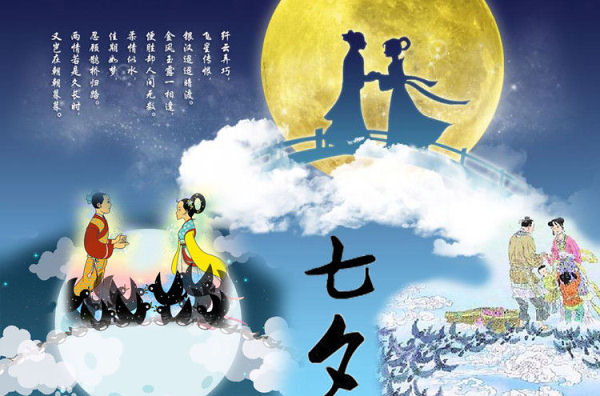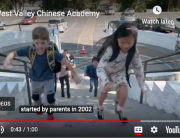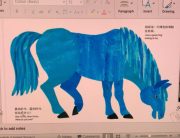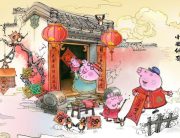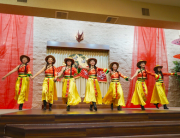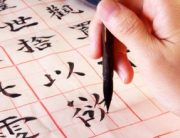The Qixi Festival, also known as the Qiqiao Festival (乞巧节), falls on the 7th day of the 7th month on the Chinese lunar calendar. It is a festival in China celebrating the annual meeting of the cowherd and weaver girl in mythology. In 2018, the Festival falls on Friday, August 17th.
The Festival has been celebrated in China since the Han Dynasty (202 BC – 220 AD). Based on the legend of “The Cowherd and the Weaver Girl” (牛郎织女), the day is celebrated at the time of years when the stars Vega and Altair become bridged together across the Milky Way by a third star. As the tale goes, the cowherd Niulang, with the help of his ox (the demoted cattle god), married a fairy, Zhinü, who became a weaver girl. They lived on earth happily. However, Zhinü’s mother, a goddess, returned Zhinü to heaven. Niulang pursued Zhinü with the help of the magic hide of his faithful ox. The goddess separated them by a river of stars (the Milky Way), but a flock of magpies were allowed to form a bridge for them to meet once a year on the 7th day of the 7th month.
In ancient China, to celebrate Qiyi, girls took part in worshiping the celestials (拜仙) during rituals. Under the moonlight, they prayed to Zhinü for dexterity in needlework which symbolized the traditional talents of a good wife. Today, Qixi has evolved to become the festival of romance. It is often called the Chinese Valentine’s Day.
The legend of “The Cowherd and the Weaver Girl” is considered one of the Four Great Folktales, the others being “The Legend of the White Snake”(白蛇传), “Lady Meng Jiang”(孟姜女) and “Liang Shanbo and Zhu Yingtai”(梁山伯与祝英台).
In Japan, Qixi is celebrated as the Tanabata festival, and in Korea, the Chilseok festival.


